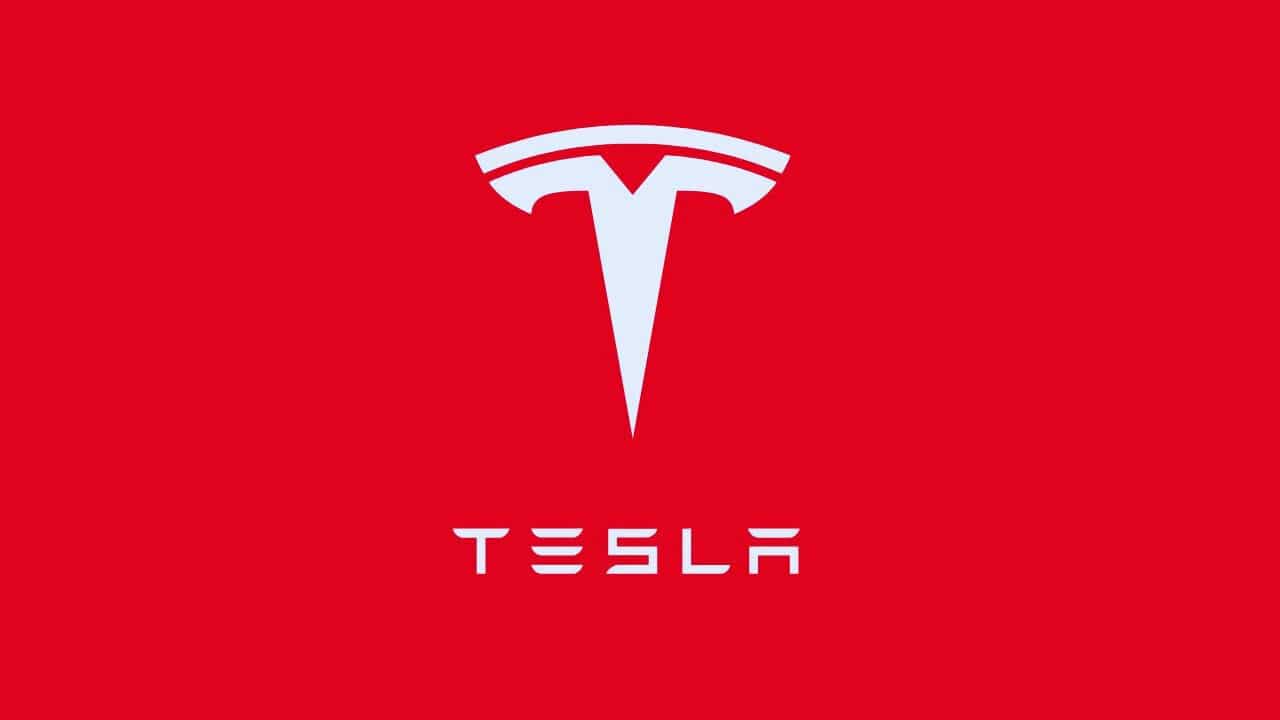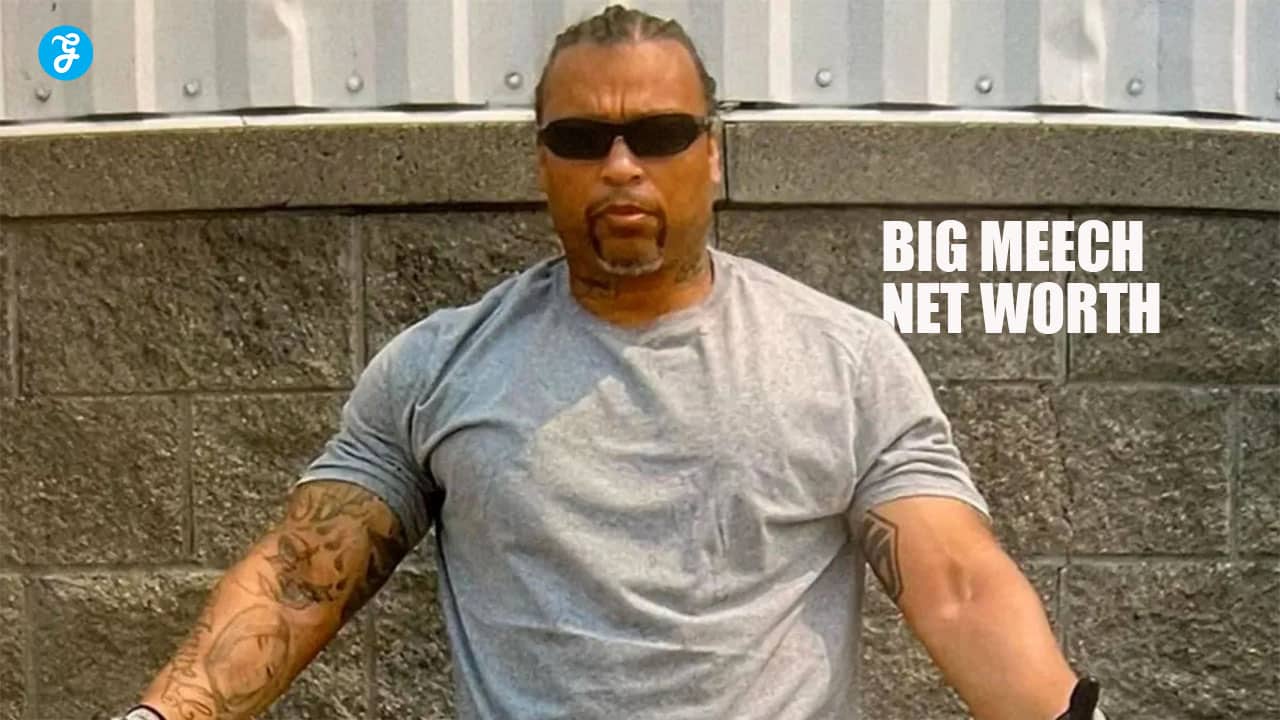Tesla has just released a flashy video showcasing its highly anticipated Optimus humanoid robot. The footage captures Optimus performing various tasks, like wandering through the factory, lifting boxes, climbing stairs, and even pouring drinks for visitors at a bar. At first glance, this video seems to present a major leap forward in Tesla’s robotics development. However, there’s more to the video than meets the eye, and it has sparked fresh debates about how far Tesla has actually come with its humanoid robot.
Hidden Detail: Sped-Up Footage
One key detail in the video may have been missed by many viewers: as reported by Gizmodo, much of the footage of Optimus has been significantly sped up. Tesla didn’t completely hide this fact, but it was easy to miss. In the upper right-hand corner of the screen, a small, barely noticeable text box reveals that the video was sped up by anywhere from two to ten times the normal speed.
While the video gives the impression that Optimus is performing these tasks quickly and efficiently, the truth is that the robot moves at a much slower pace in real life. This editing choice has raised concerns about whether Tesla is exaggerating the robot’s current capabilities. The sped-up footage gives a polished, almost futuristic feel to the video, but when viewed in real-time, the robot’s performance might not be quite as impressive as it seems.
Tesla’s Track Record of Presentation Tactics
This isn’t the first time Tesla has come under fire for potentially overstating the abilities of its robots. Just recently, during the company’s “We, Robot” event, Tesla was criticized for using human actors to create the illusion that its robots could speak autonomously. In reality, the robots were not communicating on their own, but rather through carefully choreographed actions, raising questions about the company’s transparency when it comes to presenting the progress of its robotics program.
Tesla CEO Elon Musk is well known for setting ambitious goals for the company’s products, and Optimus is no exception. In July, Musk promised that Optimus would enter “low production for Tesla internal use next year” and stated that the company hopes to move to “high production for other companies in 2026.” But with the recent revelations about the sped-up footage and other signs of the robot’s unfinished state, it remains unclear if Tesla can truly deliver on this timeline.
How Far Behind Is Tesla in Robotics?
The sped-up video also raises broader concerns about how far Tesla’s humanoid robotics program has progressed compared to its competition. Several companies, such as Boston Dynamics and Honda, have already made significant strides in developing humanoid robots that can perform tasks autonomously and with high precision. Boston Dynamics’ Atlas robot, for example, has been showcased doing backflips, running, and navigating complex environments, all without the need for significant human intervention or sped-up footage.
In contrast, Tesla’s Optimus appears to be much earlier in its development process. The need to speed up the footage and the robot’s reliance on external power sources suggests that Optimus is not yet ready to compete with more advanced humanoid robots on the market. While Musk’s optimistic timeline suggests that Tesla is confident it can catch up, the current state of the robot leaves room for doubt.
Real-Time Performance: Slower Than It Looks
For those who want to see the real performance of Optimus, Gizmodo’s Matt Novak provided a slowed-down version of the footage, which shows the robot performing tasks in real-time. One of the most telling moments is when Optimus is shown lifting a tray of battery cells. In the original video, the sped-up footage makes it seem like the robot handles the task quickly and efficiently. However, when viewed at normal speed, it becomes clear that Optimus is far slower and more deliberate in its movements.
This slower pace isn’t necessarily a dealbreaker for a humanoid robot in its early stages of development, but it does contrast sharply with the image Tesla initially presented. By slowing down the footage, Novak reveals the real challenge Tesla faces in making Optimus a competitive, autonomous robot that can operate smoothly and quickly in a variety of environments.
Power Limitations: Optimus Isn’t Completely Autonomous Yet
Another important detail revealed in the video is the presence of a long tether attached to Optimus, which provides the robot with power. This means that, despite Tesla’s claims of autonomous capabilities, Optimus still requires external power sources to operate. The tether can be seen while the robot is pouring drinks for visitors at Tesla’s factory bar, showing that the robot is not yet fully independent.
The reliance on external power raises questions about how long it will take for Tesla to develop a truly autonomous version of Optimus. In its current state, the robot is still heavily dependent on external support, which limits its usefulness in real-world applications. If Tesla hopes to meet its production goals and make Optimus available for widespread use by 2026, solving the power issue will be a critical challenge.
Tesla’s History of Faked Footage
This isn’t the first time Tesla has been caught using tricks to make its robots appear more advanced than they really are. In January, the company released a video that appeared to show Optimus folding a shirt on a table. The footage was widely shared as a sign of Tesla’s progress in developing humanoid robots capable of performing complex tasks. However, it was later revealed that the robot was being remotely controlled by a human operator.
Elon Musk himself admitted that the robot was not capable of folding the shirt autonomously at the time. “Important note: Optimus cannot yet do this autonomously, but certainly will be able to do this fully autonomously and in an arbitrary environment,” Musk tweeted following the release of the video.
This incident, combined with the recent sped-up footage, has led some to question Tesla’s transparency when it comes to showcasing its robotics development. While it’s clear that Tesla is making progress, the company’s tendency to present its robots in the best possible light – even if that means speeding up footage or using human operators – has left some skeptics wondering just how close Tesla is to achieving its ambitious goals.
What’s Next for Tesla’s Robotics Program?
Tesla has made no secret of its desire to revolutionize robotics, with Elon Musk frequently discussing the potential for humanoid robots to play a major role in industries ranging from manufacturing to healthcare. The Optimus robot is a key part of this vision, with Musk claiming that it could eventually be used to perform dangerous or repetitive tasks in place of human workers.
However, based on the current state of the Optimus project, it seems clear that there’s still a long way to go before Tesla’s robots are ready for widespread use. The reliance on external power sources, the need for human operators, and the sped-up footage all point to a robot that is still very much in its early stages of development.
That being said, Tesla has a history of pushing the boundaries of what’s possible in both the automotive and energy sectors, so it’s not entirely out of the question that the company could make significant strides in its robotics program over the next few years. If Tesla can solve some of the key challenges facing Optimus, such as autonomy and power efficiency, the robot could become a major player in the world of humanoid robotics.
For now, though, it’s important to view Tesla’s claims with a healthy dose of skepticism. The company has shown that it’s willing to present an idealized version of its progress, even if the reality doesn’t quite match up. Whether Tesla can deliver on Musk’s promise of mass-producing autonomous robots by 2026 remains to be seen, but it’s clear that there’s still a long road ahead for the Optimus project.










































